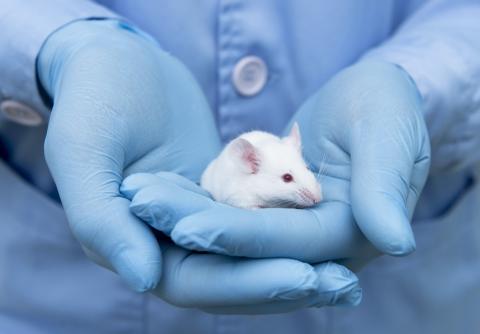- Overview
-
Species
MouseStrain common name
-Full nomenclature
-Genetic background
C57BL/6JDescription of model, including genes and any mutation(s):
Duration of occlusion is permanent
Method for inducing the occlusion is thrombo/embolic (ferric chloride)
Type of model
Ischemic stroke - Availability
-
Principal investigator
Stuart AllanInstitution
University of ManchesterNamed contact
Ioana-Emilia MosneagContact email
ioana-emilia.mosneag@manchester.ac.ukSource of model
SupplierSupplier code
Charles River OR EnvigoMTA Holder and Issuing Organisation:
- - Intervention details
-
Intervention
OcclusionAge at Surgery
Typically 12 weeksAnaesthetic
IsofluoraneAnalgesics
BuprenorphineAntibiotics
None - Study details
-
Sex
BothAge of model
3-4 monthsDuration of Study
-Diet
Standard chowCage enrichment and housing
Group housed in IVCsTypes of outcomes measured
Neurobehaviour (i.e. sensory, motor, cognition)NeuroscoreStructural measure (i.e. IHC, EM, structural MRI)Vascular function (i.e. BBB integrity, CBF)Details of Outcomes Measured
Infarct, CBF, neuroscore, grip strength, tissue pathology
Strengths of Model
- Mimics ischaemic stroke clinically in that a clot forms in the artery.
- Clots are platelet rich and resistant to tPA. Therefore allow investigation of improved thrombolytics.Limitations of Model
- Cortical damage is relatively small. Therefore any longer term effects, including cognitive decline, are minimal if seen at all. Using older or co-morbid animals may enhance deficits though we have not tested this.
Reference to published procedure
DOI: 10.1182/blood.2021012787
Image

Ischaemic stroke in cortex (C57BL/6J) model
Ischemic stroke